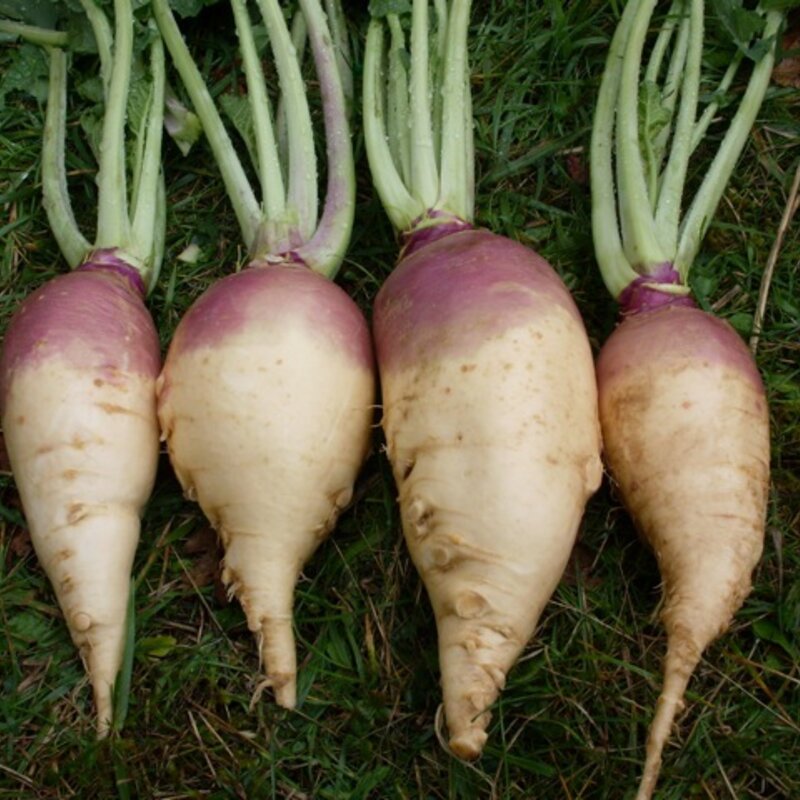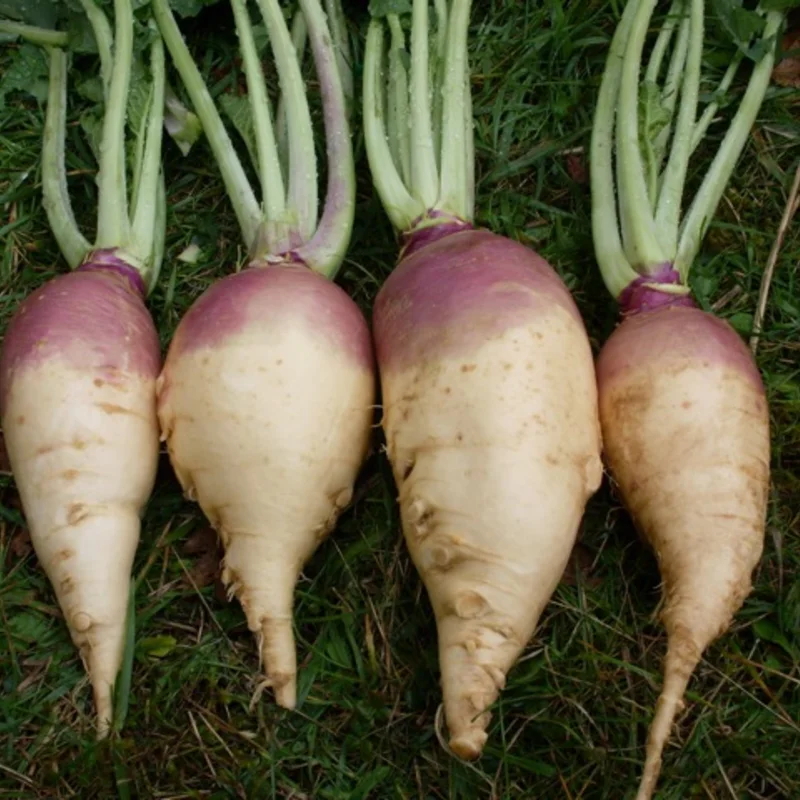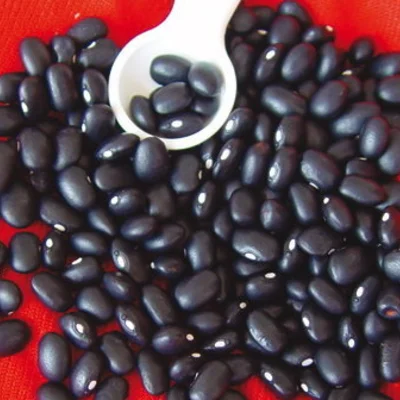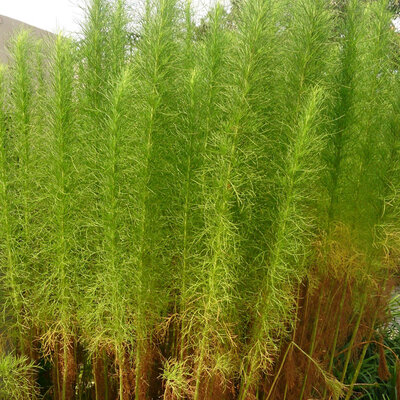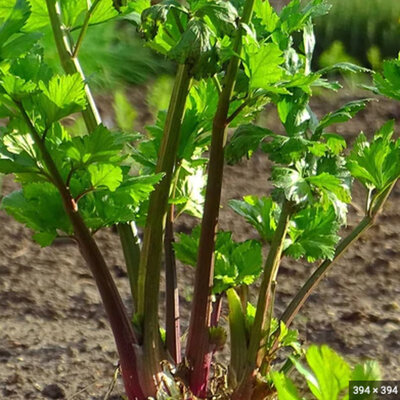Major Dunne - Rutabaga
This variety produces large, slightly elongated, cream-colored roots with purple collars. The flesh is firm and full-flavored.
The roots are partly exposed above ground, making this variety relatively resistant to nematodes.
These products may also be of interest to you
in the ground, in bucket
Sow in terrines under a light shelter. Cover seeds lightly. Transplant into individual cups when plants have 3 to 4 leaves, so that the roots can develop hair. Plant out after the last frosts, at the 5-6 leaf stage, 40 cm apart in all directions. For sowing in the open ground, sow lightly, in rows 40 cm apart. Thin to 40 cm along the row.
In mild climates, autumn sowing is possible, as rutabaga can withstand frosts below -10°C. The roots can be harvested as needed, and keep better when left in the ground.
March, April, May, June
January, February, March, September, October, November, December
in the ground
sunny, semi-shade
medium
clayey, humus
drained, light, fees, rich
Brassica napus napobrassica
mid-season
From 500 to 1000 g
200 seeds
elongated
farm
Violet
From 15 to 20 cm
Scotland
1959
This ancient variety was reintroduced to the USA in 1959 by Adaptive Seeds. It is reputed to come from Scotland and was widely cultivated in the north of Ireland.
Adaptive Seeds



